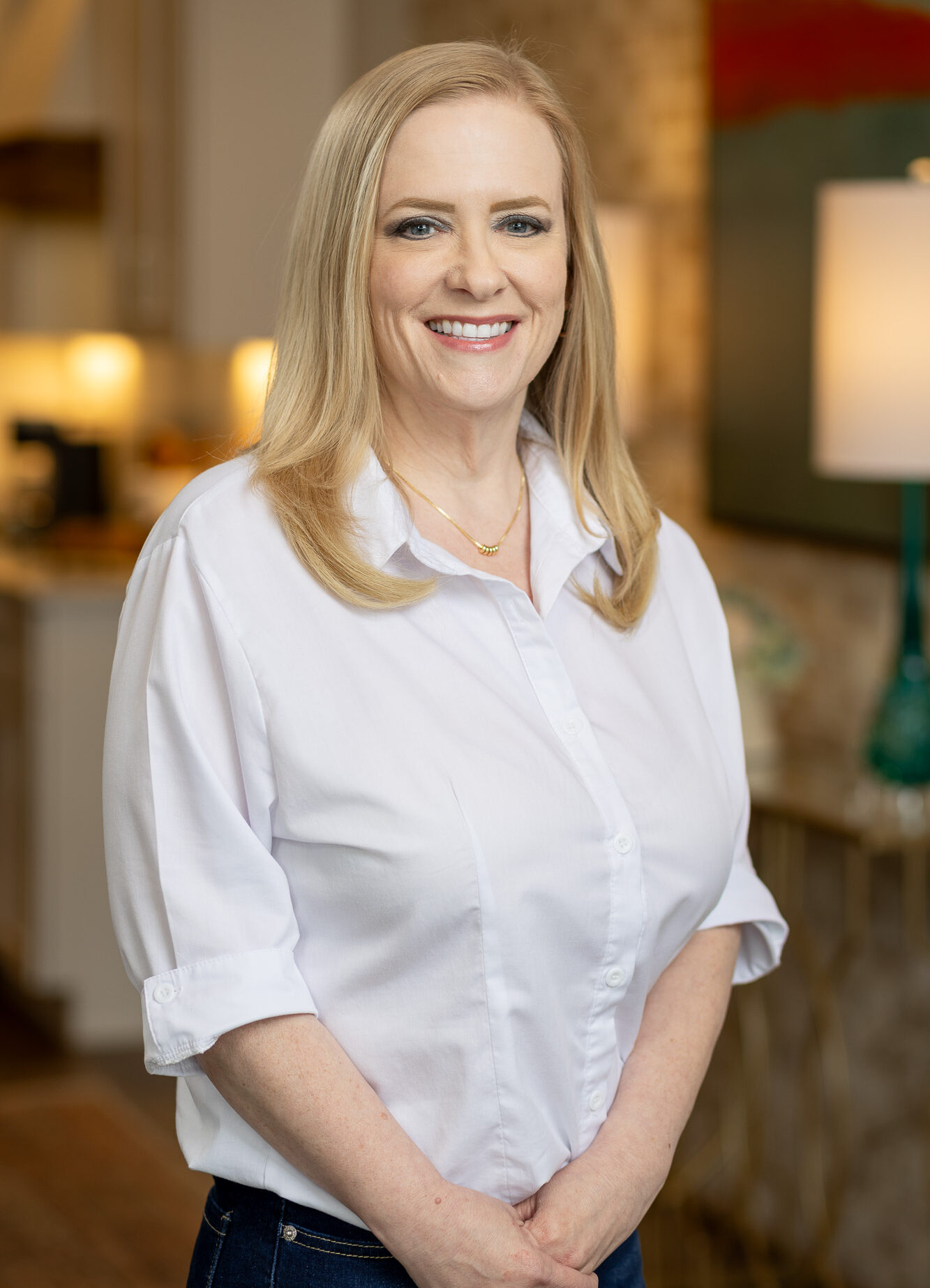Container Gardening
One of the chief reasons our home buyers choose Simms condos and townhomes is because the outdoor chores normally associated with home ownership are all taken care of. Maintenance free living means freedom from yardwork. Say good bye to mowing, raking, shoveling, and weeding. For most of us, it’s good bye…and good riddance. Of course, not all outdoor tasks are a chore.
Gardening is one of the most popular hobbies in the United States. It’s relaxing, environmentally friendly, and enhances the beauty of your home. Depending on the type of garden you choose, you can even eat what you grow.

What can you plant? If it grows, it will grow in a container. Flowers, herbs, even most vegetables adapt beautifully to containers. Of course, vining plants such as melons, squash or sweet peas will need a spot near a structure or trellis in order to support the growth. Otherwise, the sky’s the limit!
The fun begins with selecting the perfect container. We could talk all day on this subject alone. Weather safe planters come in everything from plastic to terra cotta to colorful glazed ceramic. If you have a sheltered spot, you can even use glass. Oversized brandy snifters or wide serving bowls are perfect for mini gardens or delicate plants like orchids.
The second step is filling your pot. You want to start with a layer of drainage material. Save money by using recycled gravel or broken pieces from old flower pots. This foundation layer should be about 1/3 the depth of your container, somewhere between one and 5 inches. If you don’t want your container to get so heavy you can’t move it, consider replacing gravel or stones with foam packing peanuts. Breaking up Styrofoam inserts, like the formed pieces that cradle computers or televisions, will yield plenty of lightweight drainage material, not to mention keeping that stuff out of the land fill.
Potting soil is available at garden centers and hardware stores for about $12 for 2 cubic feet. Most are infused with nutrients and contain peat moss and other additives to reduce compaction and improve drainage.

The best part comes next. It’s time to choose plants for your container. If you’re going decorative, consider the overall shape your plants will have once they’ve had time to grow a little. Place tall plants like lupins or geraniums in the center, then fill in with low edging plants or trailing plants around the edges. Trailers produce an especially nice effect in a container, spilling gracefully from a tall pot. Long rectangular shaped containers work wonders at creating a privacy screen on a deck railing, or trimming out the perimeter of a concrete patio with a splash of color.
Is space a factor? Go vertical! Stacking pots into a living tower of green is easy to do. Just leave an empty space in the center of the lower pots, so you can set a pot there. This is another great opportunity to use trailing plants like petunias and nasturtiums.

Finally, the importance of feeding your garden cannot be exaggerated. Plants absorb nutrients from the soil, and it’s up to you to replace them often. Plant sticks or all purpose food such as Miracle Gro keeps your isolated growing environment healthy.

